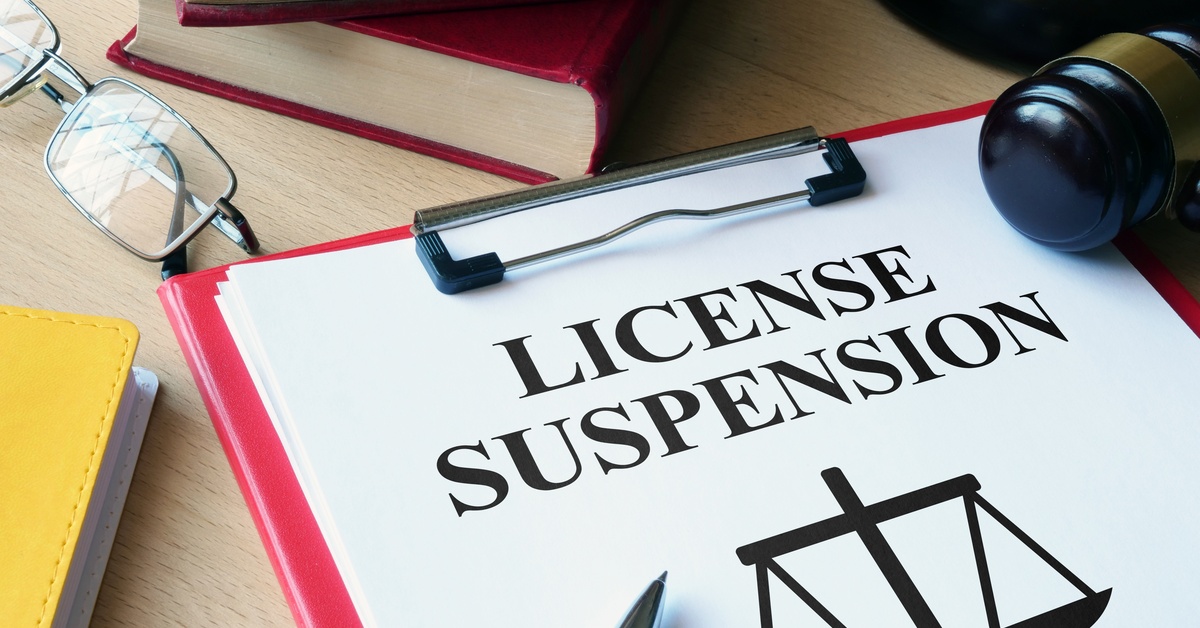How To Reinstate Your License in the State of Florida

Losing your driving privileges can feel overwhelming, but it’s a common situation many drivers in Florida face. No matter the cause, understanding how to reinstate your license in the state of Florida doesn’t have to be daunting. With the right steps, you can be back on the road legally and confidently. This guide will walk you through everything you need to know, from the causes of suspension to how the right services can assist with your insurance requirements.
Understanding License Suspension in Florida
Driving is often seen as a necessity, especially in a state like Florida, where public transportation options can be limited. However, certain violations or oversights can lead to a suspended license, making it crucial to understand the common reasons and their consequences.
Your license could be suspended for many reasons. Driving under the influence (DUI) offenses are among the most severe, leading to immediate driving restrictions. Additionally, accumulating too many points on your driving record due to traffic violations can result in suspension. If you fail to pay court fines, child support, or traffic tickets, your license may also be at risk. Another common cause is driving without valid insurance, which is mandatory in Florida.
If your suspension results from issues like a DUI or lack of insurance, you may need to file specialized insurance forms to reinstate your license. For non-DUI offenses, an SR-22 filing is required, which serves as proof of financial responsibility. DUI-related suspensions require FR-44 insurance, which has stricter liability requirements.
Steps To Reinstate Your Florida Driver’s License
Successfully reinstating your license requires a systematic approach. Review the steps ahead to plan your driving future.
Step 1: Identify the Cause of Suspension
The first step is to determine why your license was suspended, as different violations often require various remedies. The Florida Department of Highway Safety and Motor Vehicles (FLHSMV) website allows you to check your driving record online. This record provides details about the suspension and associated requirements.
Step 2: Address Court or State Mandates
Once you know the cause of your license suspension, the next step is to fulfill requirements set by the court or state. This may include paying outstanding fines, completing a DUI program, or attending traffic school. If community service or treatment programs were part of your court order, complete these obligations promptly before moving forward with reinstatement. Contact the appropriate court or agency to confirm what steps you still need to complete.
Keep records of all completed programs, receipts, and certificates for proof. Submit documentation to the court or DMV as required to show compliance. Handle these tasks early to prevent delays in your reinstatement process.
Step 3: Obtain Proof of Insurance
After handling legal and court obligations, you’ll need to secure the appropriate insurance filing. Florida requires drivers with a DUI suspension to obtain FR-44 insurance, a unique requirement for drivers with DUI-related suspensions for at least three years. Unlike standard insurance, FR-44 policies involve higher liability coverage and specific compliance measures. This insurance is proof of financial responsibility.
Additionally, FR-44 policies often come with higher premiums due to the increased liability limits. Florida mandates a minimum of $100,000 in bodily injury coverage per person and $300,000 per accident, along with $50,000 in property damage coverage. These requirements ensure adequate financial responsibility in the event of an accident. Drivers seeking assistance with FR-44 insurance quotes in Florida can rely on Serenity Group for affordable and efficient solutions.
Navigating the DMV Reinstatement Process
Once you meet your legal and insurance obligations, the final step is reinstating your license through the DMV. Here’s how it works.
Preparation and Required Documents
Before heading to the DMV, gather all necessary documents. These include proof of identity, residency, court completion certificates needed, and confirmation of your FR-44 or SR-22 filing. Proper preparation means a smoother reinstatement process, so take your time. Review the FLHSMV checklist so you don’t miss any required paperwork.
Make photocopies of key documents in case the DMV requests additional copies. Double-check expiration dates on your identification to avoid last-minute issues. Organize your paperwork in advance to reduce stress and keep your visit efficient.
Reinstatement Fees
Be prepared to pay reinstatement fees, which vary based on the type of suspension. The FLHSMV provides multiple payment options, including online transactions, in-person payments, and mail-in submissions, making it convenient to clear this step.
Check the exact amount you owe by logging into your FLHSMV account or contacting customer service. Pay your fees promptly to avoid further delays in the reinstatement process. Keep a copy of your payment confirmation for your records. If you pay online, make sure the transaction is complete and processed so your status is updated.
Schedule Your DMV Appointment
If you plan to visit a DMV office, scheduling an appointment in advance can save you time. Visit the FLHSMV website to find your nearest DMV location and secure a slot. Alternatively, you may complete the reinstatement process online, depending on your situation. DMV offices often experience long wait times, especially during peak hours. Booking early means avoiding delays and getting help promptly. You can also check the required documents online before your visit. Preparing ahead speeds up the process.
Maintaining Your Driving Privileges Post-Reinstatement
After reinstating your license, staying compliant is crucial to avoid future suspensions. Maintaining your FR-44 or SR-22 policy is nonnegotiable, even once your license is back in play. Pay your premiums on time for uninterrupted coverage and to prevent complications.
Avoiding traffic violations and practicing safe driving habits are key to maintaining your license. This is especially important during the FR-44 compliance period, as additional infractions could result in penalties. Additionally, track vital documents, such as your insurance policy and payment receipts. Staying organized will make renewals and compliance checks much smoother.
Your Road to Reinstatement Starts Today
Understanding how to reinstate your license in the state of Florida doesn’t have to be a stressful experience. By addressing court obligations, securing the right insurance, and following DMV guidelines, you’ll soon be back on the road. Partnering with Serenity Group means you’ll have expert guidance along the way. Don’t wait to take the first step. Reach out to Serenity Group today to make your reinstatement process seamless.



Recent Comments